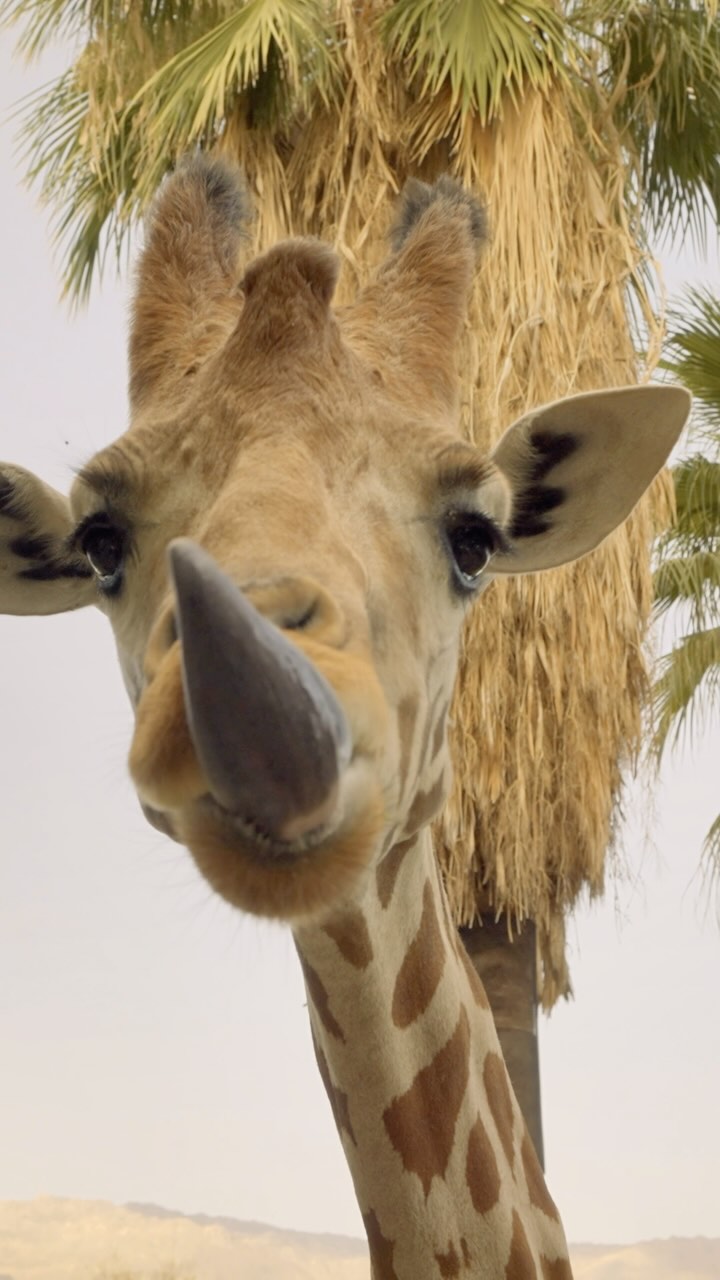- Deserts are vibrant ecosystems teeming with life, housing over a billion people and numerous species, challenging popular misconceptions of them being barren and lifeless.
- The vast array of wildlife inhabiting deserts, including iconic species like the giraffe and many others, demonstrates the adaptability and resilience of life in such extreme environments.
- Desert conservation is essential to protect the ecological balance, biodiversity, and human communities that are intricately linked to these habitats.
- Human activities and climate change pose significant threats to desert ecosystems, necessitating urgent global efforts towards sustainable practices and conservation strategies.
- Education and awareness play a critical role in garnering support and understanding for the protection and management of deserts and the unique life forms they support.
Deserts have often been misunderstood as desolate expanses of lifeless sands. However, these ecosystems burst with diversity and vitality, serving as home to over a billion people and a plethora of wildlife species. These arid and semi-arid regions cover about one-third of the Earth’s land surface, playing a crucial role in global biodiversity. While they are defined as areas receiving less than 10 inches of annual rainfall on average, their ecological significance is profound.
The Sahara, Arabian, Gobi, and Kalahari are examples of the planet’s crucial desert ecosystems. Each supports a unique assembly of flora and fauna uniquely adapted to thrive under harsh conditions. Iconic species like the giraffe, while commonly associated with savannas, also inhabit desert edges, showcasing the adaptability of species to varying environments.
The giraffe, a remarkable desert animal, exemplifies biological adaptability. With its elongated neck and legs, it efficiently browses treetops for food. Its remarkable ability to go unfed for several days is a testament to evolutionary design in resource-scarce environments. Similarly, the sidewinder snake, a resident of the Mojave Desert, moves sideways to minimize contact with hot sand. Each species inhabiting deserts has evolved remarkable ways to cope with their harsh environment.
Deserts are home not only to wildlife but also to significant human populations. Over a billion people live in or near deserts, making them not the isolated expanses people often imagine. These communities have adapted traditional knowledge and practices. For instance, the Bedouins and Tuaregs have deep-rooted cultural histories intertwined with desert landscapes, relying on these ecosystems for sustenance and shelter.
Conservation efforts in deserts are critical. Despite their robust appearance, these ecosystems are highly susceptible to disturbances. Overgrazing, mining, and unsustainable water extraction threaten the delicate balance of desert life. Climate change further exacerbates these pressures, with rising temperatures and unpredictable rainfall patterns disrupting traditional ecological cycles. The need for global conservation initiatives has never been more urgent.
Effective desert conservation requires precise management and innovative approaches. The establishment of protected areas and national parks provides safe havens for native species. Additionally, sustainable land-use policies, emphasizing soil and water conservation, help reduce human impact. Efforts like these ensure the sustainability and resilience of desert ecosystems.
In addressing these conservation challenges, education and awareness are vital tools. Understandably, people may overlook deserts due to a lack of familiarity or direct impact. However, informed individuals and communities are more likely to support and engage in conservation efforts. By understanding the intricate connections between deserts, biodiversity, and human life, stakeholders can better appreciate the need for sustainable interaction with these environments.
Community engagement complements formal conservation strategies. Indigenous knowledge and practices contribute to sustainable resource management, providing invaluable insights into the balance between human communities and their environment. Programs that integrate local traditions with modern conservation techniques foster cooperative approaches to desert protection.
Desert conservation efforts provide important lessons. They demonstrate that even the most inhospitable places are teeming with life and supporting myriad interactions between flora, fauna, and human communities. Recognizing the value of these ecosystems helps shift the perception of deserts as barren wastelands to vibrant ecosystems worthy of protection.
Global recognition and support for desert conservation continue to grow. International bodies, governments, and non-profits are increasingly focusing on sustainable development practices. With concerted efforts, it is possible to safeguard desert environments for future generations.
Deserts are far from deserted—they are vibrant ecosystems essential to global biodiversity and home to numerous species and human communities. Embracing an informed perspective on these landscapes enables us to support their conservation efficiently. Efforts to protect deserts must incorporate science-based strategies with community engagement and education to ensure enduring ecological health. With heightened understanding and action, society can better protect these critical ecosystems and appreciate their role in the planet’s health.
*****
Source Description
Psst! Come closer… a little closer… 🦒
Just a reminder that deserts aren’t deserted. Far from it!
1 BILLION people (+ so many of your favorite animals) live in the deserts.🌵
Thank you for joining us in our mission to protect these vital ecosystems, the wildlife that thrives there, and the communities that depend on them. 🫶


